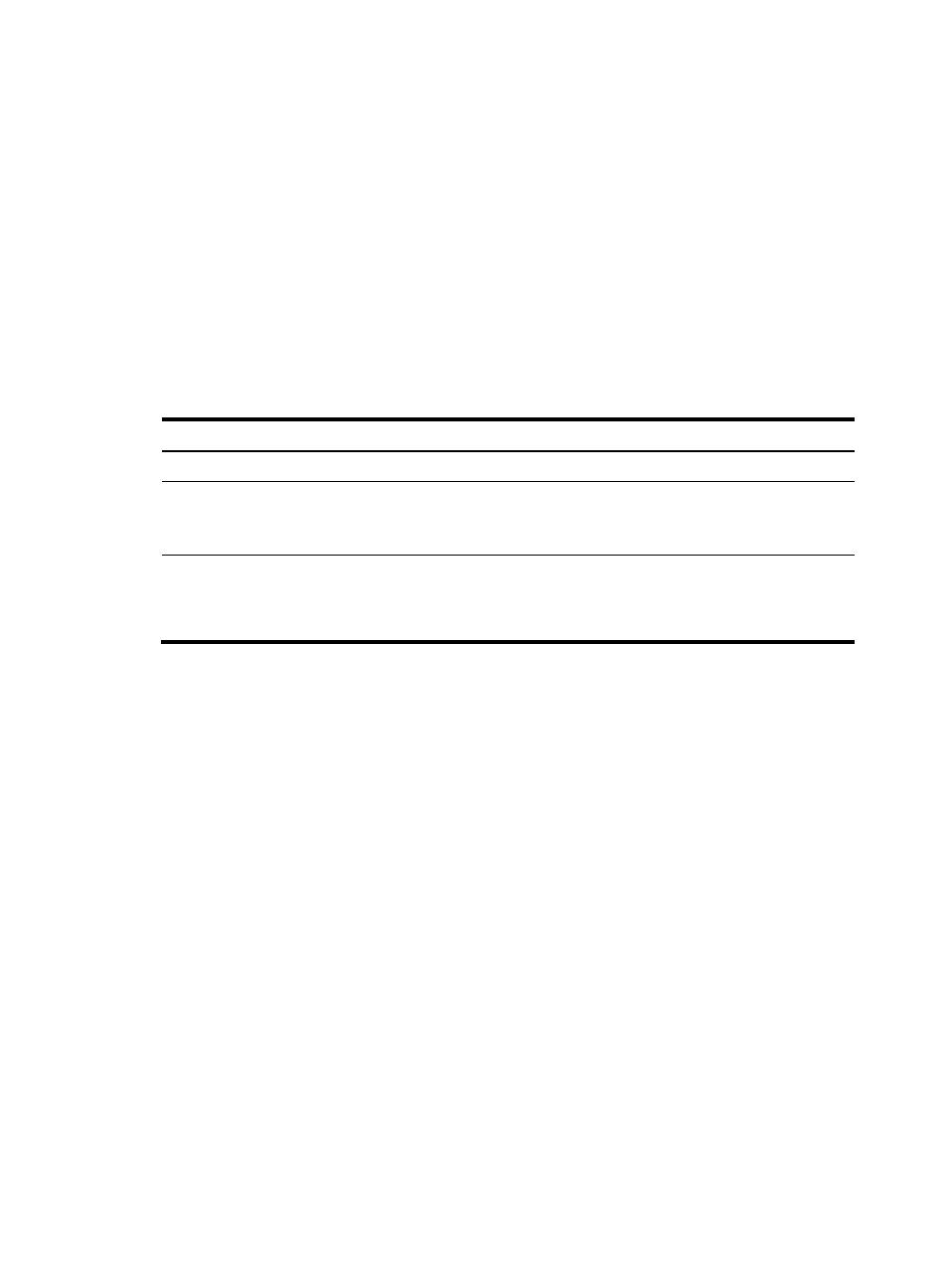Configuration restrictions and guidelines, Configuration procedure, Configuring a layer 2 ethernet interface – H3C Technologies H3C S12500-X Series Switches User Manual
Page 21: Configuring storm suppression, Configuration guidelines, Configuring pfc on an ethernet interface

10
Configuration restrictions and guidelines
When you forcibly bring up a fiber port, follow these guidelines:
•
The port up-mode command is mutually exclusive with any of the shutdown, speed, duplex, and
loopback commands.
•
After you forcibly bring up a fiber Ethernet port, the fiber port stays physically up regardless of
whether or not a transceiver module or a fiber connection is present for the port.
•
A GE fiber port cannot correctly forward traffic if you configure the port up-mode command on the
port and install an electro-optical module, 100/1000-Mbps transceiver module, or 100-Mbps
transceiver module into the port. To solve the problem, use the undo port up-mode command on the
fiber port.
Configuration procedure
To forcibly bring up a fiber port:
Step Command
Remarks
1.
Enter system view.
system-view
N/A
2.
Enter Ethernet interface
view.
interface interface-type
interface-number
N/A
3.
Forcibly bring up the fiber
port.
port up-mode
By default, a fiber Ethernet port is not
forcibly brought up, and the physical state
of a fiber port depends on the physical
state of the fibers.
Configuring a Layer 2 Ethernet interface
Configuring storm suppression
You can use the storm suppression function to limit the size of a particular type of traffic (broadcast,
multicast, or unknown unicast traffic) on an interface. When the broadcast, multicast, or unknown unicast
traffic on the interface exceeds this threshold, the system discards packets until the traffic drops below this
threshold.
Any of the storm-constrain, broadcast-suppression, multicast-suppression, and unicast-suppression
commands can suppress storm on a port. The broadcast-suppression, multicast-suppression, and
unicast-suppression commands suppress traffic in hardware, and have less impact on device
performance than the storm-constrain command, which performs suppression in software.
Configuration guidelines
For the same type of traffic, do not configure the storm constrain command together with any of the
broadcast-suppression, multicast-suppression, and unicast-suppression commands. Otherwise, the
traffic suppression result is not determined. For more information about the storm-constrain command,
see "
Configuring storm control on an Ethernet interface
Configuration procedure
To set storm suppression thresholds on one or multiple Ethernet interfaces:
